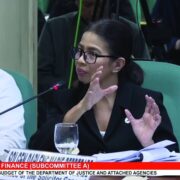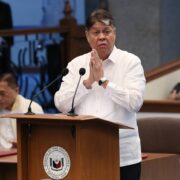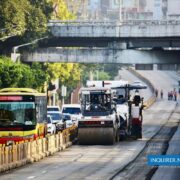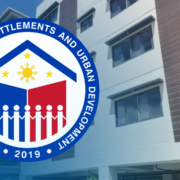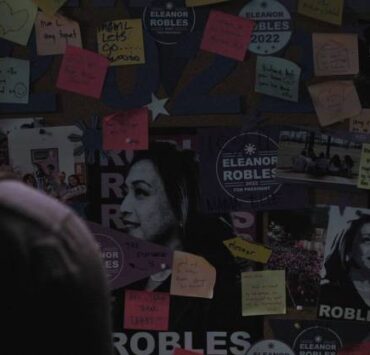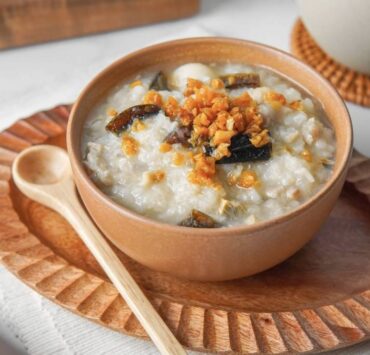Weaving with purpose
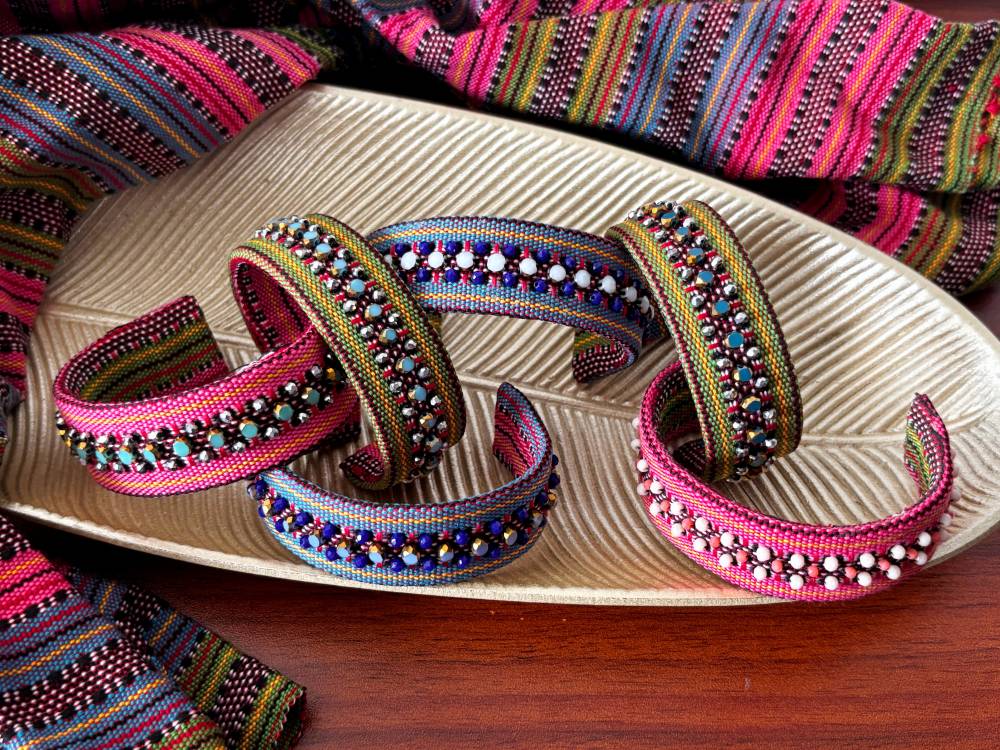
When Jeannie Laccay first started weaving in 2018, it was out of a simple desire: She had wanted to create a woven baby wrap, made by her own hands, as a “love letter” to her child.
This seemingly simple craft—a hobby, she called it—evolved and led her to a bigger discovery. “Nalaman ko na we have a weaving tradition pala sa tribe namin, the Isinay tribe in Nueva Vizcaya, na namatay na. Nobody knows about it,” she says. “Accidentally, because of my hobby, na-revive siya.”
That became her impetus, a deeper purpose that drove her to continue learning more about weaving.
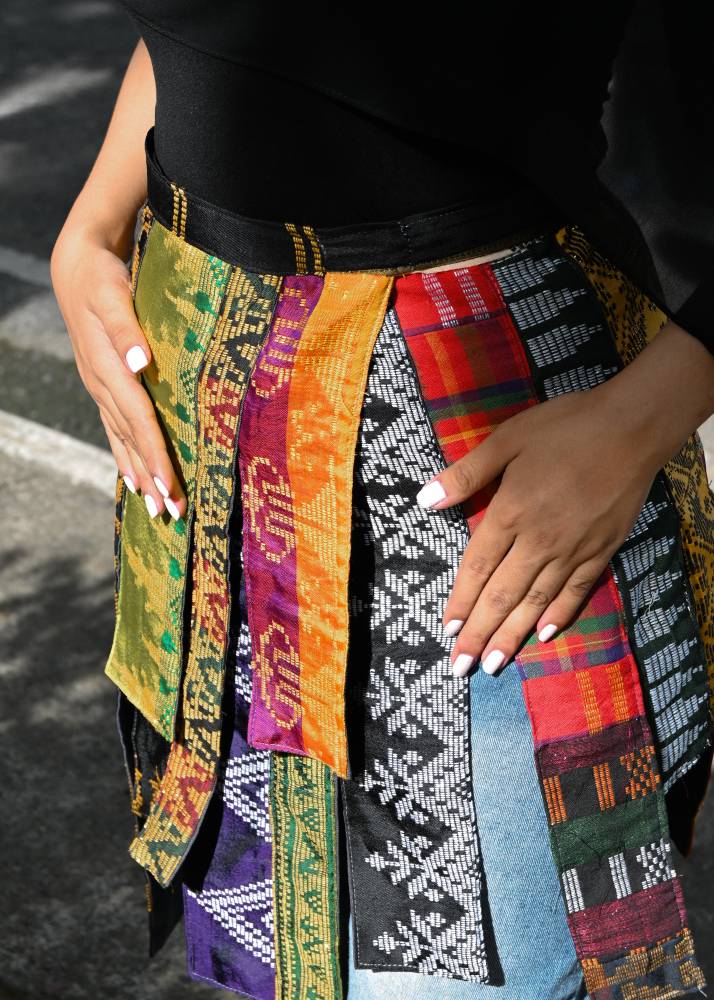
From sunset to sunrise
Through this, she also saw the change in the way more people now appreciate handwoven textiles. Now, Laccay runs Aruga Handwovens, a brand of handcrafted cozy baby carriers and ready-to-wear pieces, featuring the Isinay community’s weaves. “Akala ko patay na ‘yong weaving, like nobody is wearing anything handwoven. But dumami na nang dumami, not only for formal wear, but also for casual wear,” she explains. “‘Yon ‘yong tumatak sakin, na it can be worn by normal Filipinos.”
Fifteen years ago, the popularity of local weaves might have been unimaginable. The local textile industry was, after all, once considered a sunset industry, a dying craft.
It was the realization that Philippine textiles are underappreciated and underrepresented that Habi: The Philippine Textile Council was born. From simply supporting weavers through purchasing their textiles, Habi’s efforts have since expanded into fostering a community of artisans, weavers, entrepreneurs, and designers, now uplifting our local, handwoven textiles to myriad applications.
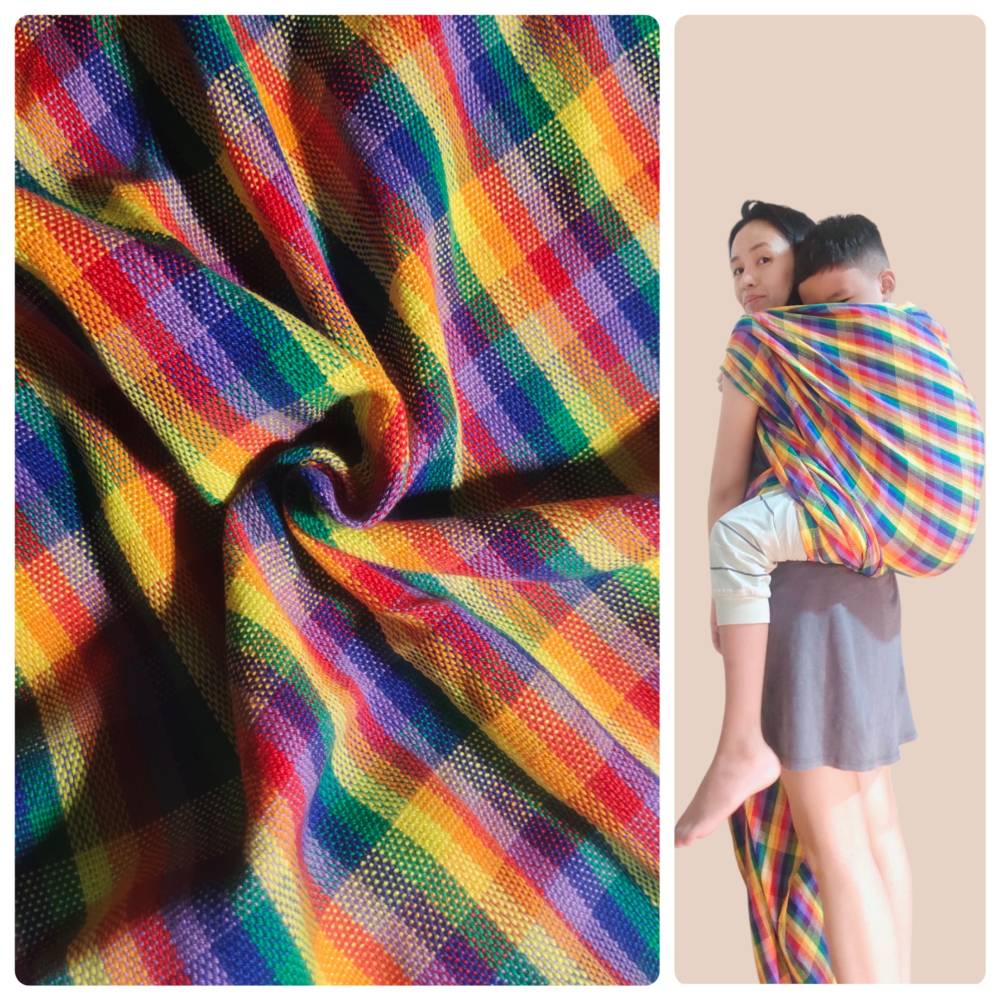
Growing demand for Philippine textiles
Since the first Habi market fair, the Philippine textile industry has expanded and now enjoys an unprecedented level of popularity and favor.
Ruby Diaz-Roa, one of the co-founders of Habi, recounts the developments she’s witnessed over the years. As more weavers and designers began to discover the potential of Philippine textiles, the designs began to evolve. “After three to four years, the competition was tight,” she recalls. “The designs were fantastic, and new ideas came in. Around the ninth or 10th year, we had fashionistas, new young people, [and] Gen Z coming up with fantastic ideas.”
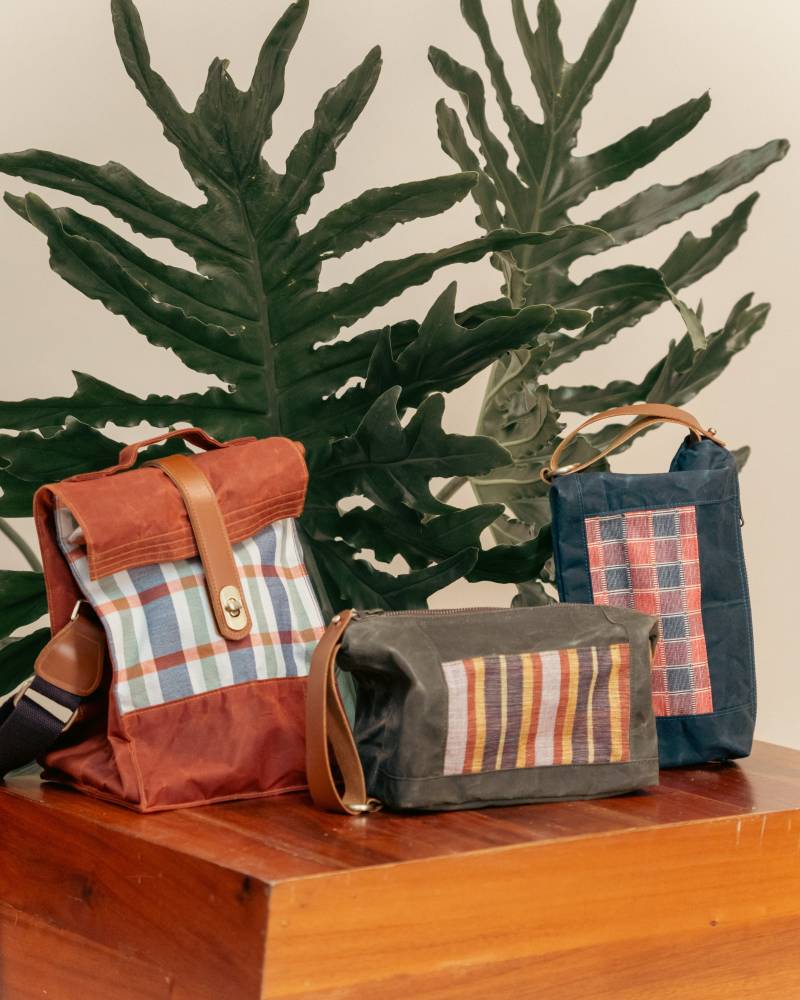
It is the innovative spirit that now runs through the local textile industry that has moved it to becoming a “sunrise industry,” as the Department of Science and Technology–Philippine Textile Research Institute shared in a report early this year. Efforts in innovation, sustainability, and cultural appreciation have boosted the demand for Philippine textiles, both locally and internationally.
Seeing weaves applied in new ways beyond the formal Filipiniana—incorporated into daily wearable pieces, or even into accessories and decor—has made it more appealing to a wider public, appreciated among varying aesthetics. Add to that how accessible seeing and buying woven textiles now are.
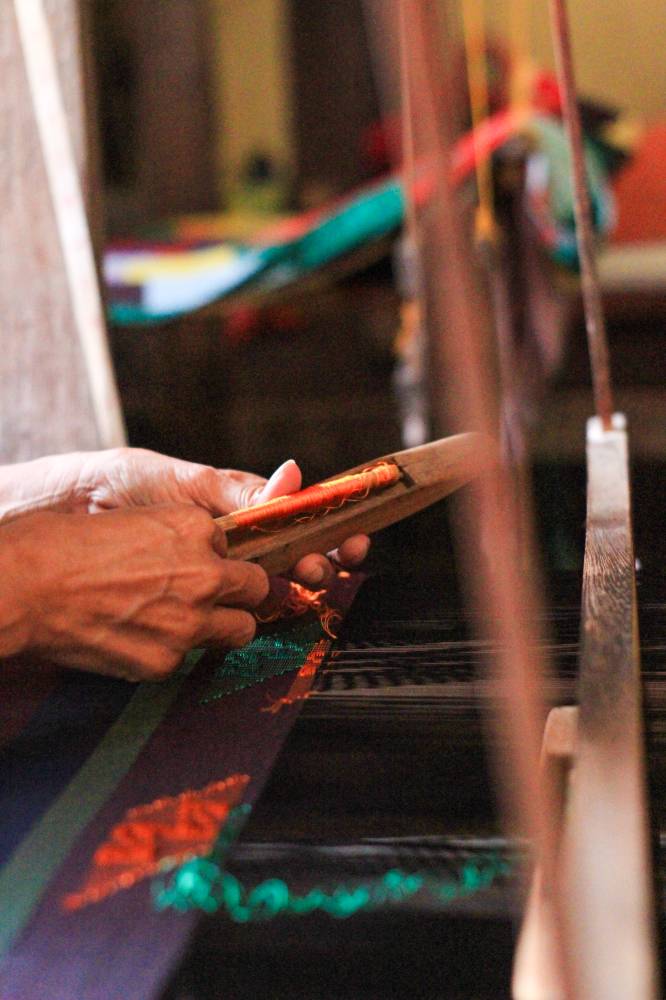
What to expect at the Likhang Habi Market Fair
The Likhang Habi Market Fair is one of the major avenues through which Philippine textiles have come to enjoy greater awareness, appreciation, and accessibility.
Now in its 15th year, the fair goes beyond just an event to purchase pieces made with the best of the country’s different weaving traditions. Aside from featuring around a hundred weavers, weaving communities, artisans, and designers, it also incorporates a series of lectures, workshops, and competitions that aim to further widen the public’s knowledge and appreciation of the craft.
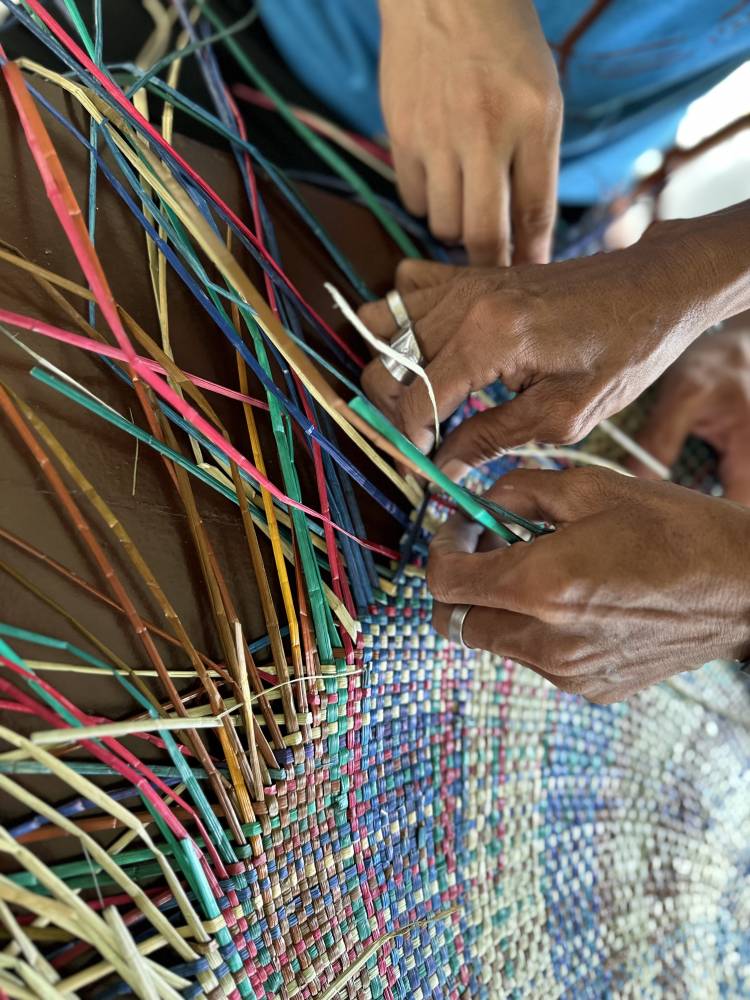
Lectures will also be part of the fair:
• “Young voices advocating heritage in fashion” (Oct. 10)
• “The journey of the entrepreneur in the handwoven textile industry” (Oct. 11)
• “Application of handwoven textiles outside fashion” (Oct. 12)
Aside from these, cultural showcases like interactive community tapestry weaving and styling demos, along with workshops on several types of weaving, embroidery, and mending, will be held.
Likhang Habi Market Fair runs from Oct. 10 to 12 at Level 5, Space at One Ayala, Makati City. For more details, follow @habicouncil on Instagram






